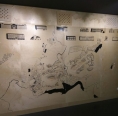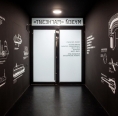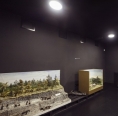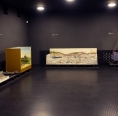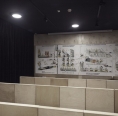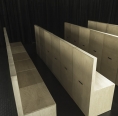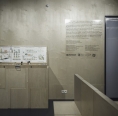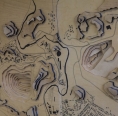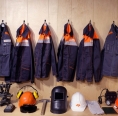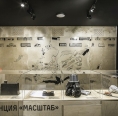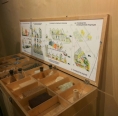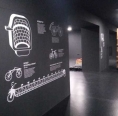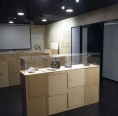-
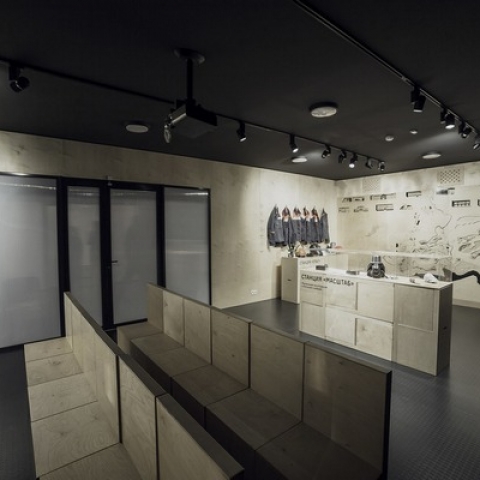
Magnezit Museum Opening
-
Address:
Satka
-
Partners:
Long-waited opening of the updated Magnezit Museum took part in Satka.
Unique for Satka, this event that we hope is important for all Magnezit employees, has happened due to implementing the project, From Factory to Knowledge-Based Museum that won the grant of the ХII contest, Changing Museum in the Changing World of Potanin’s Charity Fund.
The grant allowed to change the architectural plan of Magnezit Museum. The central object of the interactive hall is a “speaking” flowchart of magnesia refractory production, while boxed exhibits help tell of the surprising element, without which this and many other productions would be impossible. Story in this hall discovered unusual facts and amazing figures of magnesite and magnesia refractories.
Satka layout on the other wall evidently shows that the town, magnesite production and refractory manufacture are not merely interrelated, but are virtually imprescriptible from each other. The transformer hall combines multiple functions and therefore can show expositions to the audience, be used as the lecturing center, and a movie hall.
The second hall is “Future as Shock”. Here, the exposition will be changed on average three or four times a year. This hall offers quite a different view on magnesite and magnesite production, production of magnesia refractories, Satka, its residents and guests. This view is subjective, personal, artistic, private, critical. This is a place, where guests will face unexpected and shocking discoveries in the field of modern innovative culture. This hall also enables to conduct workshops, master classes, discussions, seminars, meet-the-artist events.
In 2017, depository will be opened. To resolve the main issue of any museum – unavailability of key assets to the general public, it has been decided to make them completely opened for the guests. They will get access to photos, work with the documents and other showpieces related with factory history included in the history of technologies and science in the 20th century.
Let us add that the project of Magnezit Museum reconstruction has been developed by KONTORA architectural bureau (Moscow), designer Dmitry Baryudin. The authors have managed to create an unusual and at the same time multifunctional museum space due to the latest IT technologies and principles of modern exhibition design.
Magnezit veterans became the first visitors of the museum. The older generation of Magnezit employees have quickly accustomed in the reconstructed space and seen the true value of the opportunities now opened to museum visitors. Veterans have already shared a range of ideas on how this interesting space could be used in terms of solemn, educational and commemorative events.
-
26.08 - 26.08
DIARY OF THE THIRD INDUSTRIAL BIENNALE
-
28.11 - 28.11
MY SATKA FESTIVAL WINS THE CONTEST OF CORPORATE VOLUNTEER PROJECTS
-
13.10 - 15.10
COOPERATION WITH VGIBL NAMED AFTER M.I. RUDOMINO

